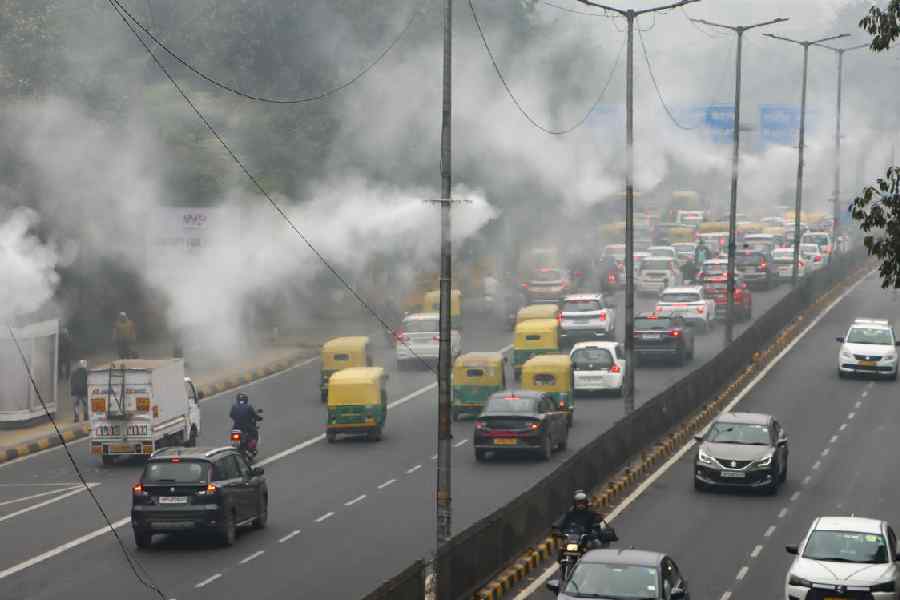 |
Patna, Oct. 19: Residents run the risk of contracting cancer from the air they inhale in the city.
Air pollution caused by high levels of tiny soot-like particles and nitrogen oxide, which World Health Organisation (WHO) has recently linked to cancer, are higher than their standard limits in Patna.
Over the past four years, the levels of particulate matter smaller than 10 micrometres, termed as respiratory suspended particulate matter or PM10, are around thrice or even more than the standard limit. Its presence in the air of Patna was measured 30 per cent higher yesterday as well.
Nitrogen oxide (NOx), another air pollutant identified as carcinogenic (cancer causing agent) by WHO, also stood marginally higher than the corresponding standard limit over the past seven years in Patna. It was measured around 17 per cent higher than the permissible limit in Patna on Friday. (See graphic)
The WHO’s International Agency for Research on Cancer (IARC) on Friday classified outdoor air pollution as carcinogenic to humans.
It has also stated the lack of evidence to show that exposure to outdoor air pollution causes lung cancer.
The panel has classified air pollution, including tiny inhalable particles called particulate matter (PM10 and PM 2.5), in the category of proven carcinogens.
“The fine dust particles reach the lung and damage the respiratory system, causing allergic reaction in the lungs, bronchitis, sinus blockage and asthma. They affect eyes too,” said Chandrashekhar, head of department of ear, nose, and throat at Nalanda Medical College and Hospital.
“Vehicular emission is responsible for the high level of such pollutants in the capital. The high PM10 level can be attributed to excess dust generated by civil construction activities,” said S.N. Jaiswal, a scientist at Bihar State Pollution Control Board.











